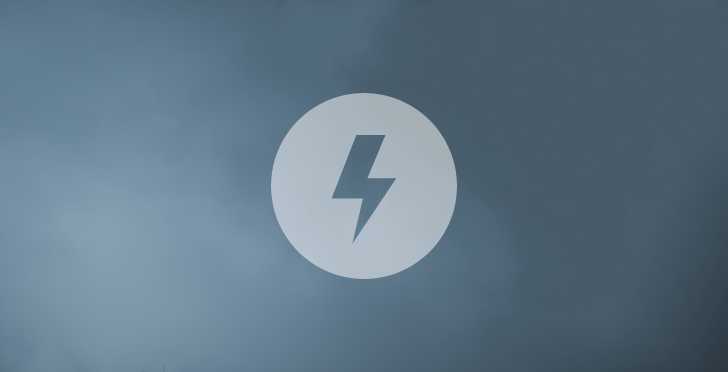2. What groups need the outputs of an AIS?
3. Identify and describe several types of computer-based infor-
mation systems.
4. Identify the common operating cycles of business activity.
5. Characterize an organization’s internal control structure.
6. Distinguish between a controller and a treasurer.
7. Describe the purpose of the internal audit function.
8. Characterize the organizational structure of the information
system function.
9. Identify several functions that may be specialized areas of
expertise in an information system department.
10. How does project organization differ from functional organi-
zation in an information system department?
11. What is the purpose of a steering committee?
12. Describe blueprinting.
13. Give an example of EUC.
14. Identify several components of quick-response technology.
15. How does EDI differ from e-mail?
16. Identify several components of CIM.
17. List the six steps in the systems approach.
18. What is meant by user-oriented systems design?
Jawaban:
1 . The purpose of an accounting information system (AIS) is to collect, store, and process financial and accounting data and produce informational reports that managers or other interested parties can use to make business decisions.
2. A company’s set of financial statements consists of profitand loss, cash flow and income statements, as well as balance sheets. Internally, business managers and owners use financial statements to get an overview of operational activity. External users, such as lenders and investors, use financial statements to gauge the net worth and creditworthiness of the company. Profit and loss statements show revenue and expenses and the net profit or loss that remains after expenses have been subtracted from revenue. Profit and loss statements may show revenue that has not yet been collected and expenses that have not yet been paid. Because of this, a cash flow statement is used to show physical income and expenses that have been collected and paid out. Balance sheets show a company’s assets and liabilities and an income statement details the amounts and sources of the company’s revenue. Accounting information systems can output any one of the financial statements for various periods, including real-time, daily, weekly, monthly, quarterly or annually. Customized reports for specific date ranges can also be created.
3. Hardware: The term hardware refers to machinery. This category includes the computer itself, which is often referred to as the central processing unit (CPU), and all of its support equipment’s. Among the support equipment’s are input and output devices, storage devices and communications devices.
Software: The term software refers to computer programs and the manuals (if any) that support them. Computer programs are machine-readable instructions that direct the circuitry within the hardware parts of the Computer Based Information System (CBIS) to function in ways that produce useful information from data. Programs are generally stored on some input / output medium-often a disk or tape.
4. The payment terms extended to the company by its suppliers. Longer payment terms shorten the operating cycle, since the company can delay paying out cash.
The order fulfillment policy, since a higher assumed initial fulfillment rate increases the amount of inventory on hand, which increases the operating cycle.
The credit policy and related payment terms, since looser credit equates to a longer interval before customers pay, which extends the operating cycle.
5. Get a dashboard view into control status: what’s been tested, what hasn’t, what’s operating effectively, and what isn’t.
Build automated workflows to engage process owners and the first line of defense to help test controls, and identify and remediate issues.
Pull data from business applications like SAP, Concur, and Salesforce to automate control testing wherever possible.
Take photos of evidence during walkthroughs and testing using our mobile app.
6. while the treasurer takes over to decide how to handle the money. The treasurer builds relationships with investment banks to agree on the best ventures to grow the company's funds, while the controller discusses the best interest for loans.
maaf jika salah
[answer.2.content]